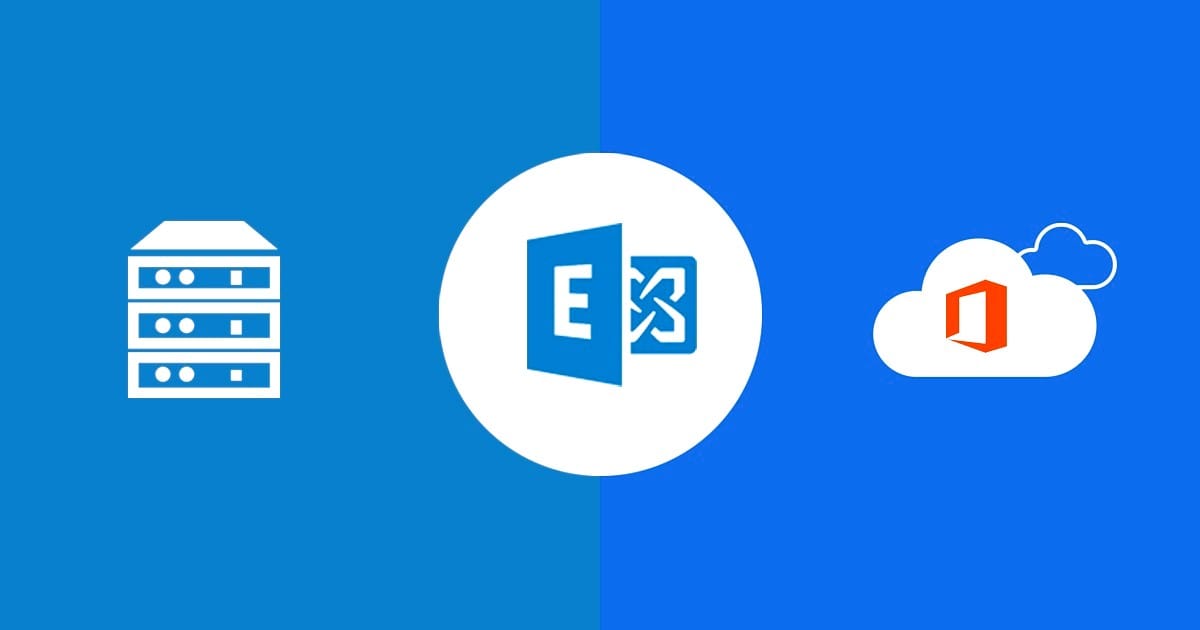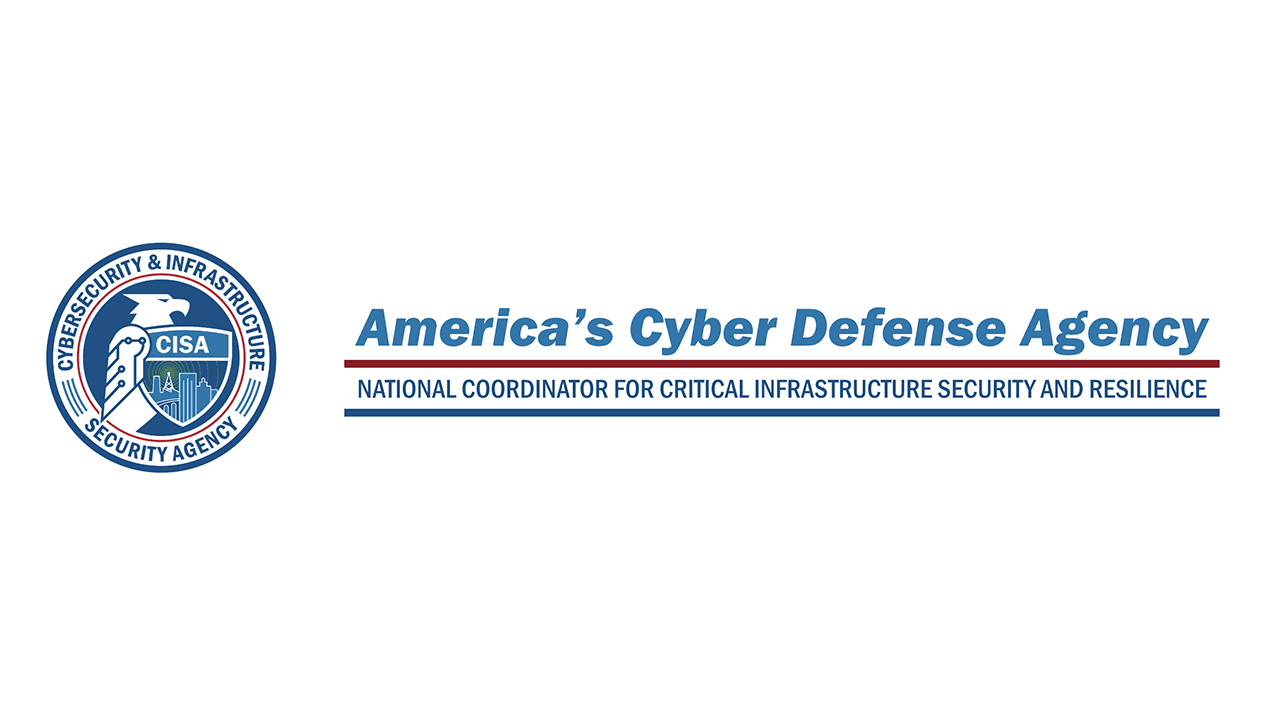

CISA Alert on Microsoft Exchange
WASHINGTON – CISA Acting Executive Assistant Director Chris Butera released the following statement today:
“CISA issued an alert tonight on a high-severity vulnerability we are actively monitoring and mitigating with on-premise Microsoft Exchange server that was disclosed today. As with all high-severity threats and vulnerabilities, we immediately began working with Microsoft and our government and industry partners to assess the scope and impact. All organizations are strongly encouraged to implement Microsoft guidance to reduce risk. This quick action is another example of the type of operational collaboration that is securing the nation’s critical infrastructure.”
On August 6, 2025, the cybersecurity landscape for organizations using Microsoft Exchange was shaken by the disclosure of a high-severity vulnerability. Tracked as CVE-2025-53786, this flaw poses a significant threat, particularly to organizations running hybrid deployments that link on-premises Exchange servers with Microsoft 365
The U.S. Cybersecurity and Infrastructure Security Agency (CISA) immediately issued an alert, followed by a rare Emergency Directive, underscoring the gravity of the situation. This article provides a comprehensive analysis of CVE-2025-53786, its potential impact, and a detailed guide for mitigation and and remediation.
CVE-2025-53786 is a high-severity Elevation of Privilege (EoP) vulnerability. It specifically affects Microsoft Exchange servers that are configured in a hybrid mode, which is a common setup for organizations transitioning to the cloud or maintaining a mix of on-premises and cloud infrastructure.
The flaw allows an attacker who has already gained administrative credentials on an on-premises Exchange server to escalate their privileges into the connected Microsoft 365 (Exchange Online) environment.
Critical Risk
The essence of this vulnerability is that a compromise of your on-premises server can become a direct, high-privilege gateway into your cloud environment. This bridges the security boundary that many organizations assume exists between their local and cloud assets.
The vulnerability’;s root cause lies in how classic hybrid Exchange configurations handle authentication between the on-premises server and Exchange Online. Historically, they used a shared service principal in Microsoft Entra ID (formerly Azure Active Directory). This single identity was trusted by both environments to facilitate features like free/busy calendar lookups and mail flow.
The flaw, as detailed by Microsoft and security researchers, is that an attacker with administrative control over the on-prem server can manipulate this shared trust. They can forge authentication tokens, impersonating the on-premises server to gain unauthorized, high-level access to the Exchange Online environment. According to Tenable, this is because “Exchange Server and Exchange Online share the same service principal in hybrid configurations.”
What makes CVE-2025-53786 particularly dangerous is the stealthy nature of the potential attack. Microsoft has stated that a successful exploit would not leave an “;easily detectable and auditable trace.” This means an attacker could escalate their privileges and operate within the cloud environment for an extended period without raising alarms. The potential consequences are severe:
The following table summarizes the key technical details of CVE-2025-53786, based on information from the National Vulnerability Database (NVD) and Microsoft.
| Attribute | Details |
| CVE ID | CVE-2025-53786 |
| Disclosure Date | August 6, 2025 |
| Vulnerability Type | Elevation of Privilege (EoP) |
| Affected Systems | Microsoft Exchange Server 2016, 2019, and Subscription Edition in hybrid configurations. |
| CVSS 3.1 Score | 8.0 (High) |
| CVSS 3.1 Vector | CVSS:3.1/AV:N/AC:H/PR:H/UI:N/S:C/C:H/I:H/A:H Source: NVD |
| Attack Prerequisites | Attacker must have already obtained administrative privileges on the on-premises Exchange server. |
| Exploitation Status | No known exploitation in the wild as of August 7, 2025, but assessed as “Exploitation More Likely” by Microsoft. |
Recognizing the severe risk to government systems, CISA took the significant step of issuing Emergency Directive (ED) 25-02 on August 7, 2025. This directive mandated immediate action from all Federal Civilian Executive Branch (FCEB) agencies.
An Emergency Directive is a compulsory order from CISA to federal agencies, used to address critical vulnerabilities that pose a grave and imminent threat to the federal information security posture. It is a powerful tool reserved for the most serious cybersecurity risks, and its issuance signals to all organizations, public and private, that they should treat the vulnerability with the utmost urgency.
While the directive is binding for federal agencies, its requirements serve as a best-practice blueprint for all organizations. The core actions mandated by ED 25-02, with a compliance deadline of August 11, 2025, included:
1. Inventory: Immediately identify all on-premises Microsoft Exchange servers within the organization.
2. Mitigation: For all identified servers in a hybrid configuration, apply the mitigations outlined by Microsoft. This primarily involves installing the April 2025 (or later) Hotfix and implementing the dedicated hybrid application configuration.
3. Disconnect or Upgrade: Disconnect any Exchange servers that are end-of-life or cannot receive the required updates. This is a critical step to eliminate the attack surface presented by unsupported systems.
4. Reporting: Agencies were required to report their status and completion to CISA.
The directive’s aggressive timeline highlights the perceived risk. As stated by CriticalPath Security, “The urgency and mandatory compliance mean that all agencies must complete the outlined actions… as failing to do so, could expose sensitive information to malicious actors.”
The path to mitigating CVE-2025-53786 is multi-faceted. It’s not just about installing a single patch; it involves a series of steps to update your environment and fundamentally change how it authenticates with the cloud. This guide is based on the official recommendations from Microsoft.
Prerequisite: Administrator Access
All steps below require high-level administrative privileges for both your on-premises Exchange environment (Organization Management) and your Microsoft 365 tenant (Global Administrator or Application Administrator).
Before you can patch, you must know what you have. Identify every Microsoft Exchange server in your environment. For each server, document:
The fix for CVE-2025-53786 is not available for unsupported CUs. For example, if you are running Exchange Server 2019 CU13, you cannot directly apply the fix. You must first upgrade to a supported version.
As per Microsoft’s guidance, the required April 2025 Hotfix is available for:
If your servers are on an older CU, you must plan and execute an upgrade to one of these supported baselines before proceeding. This is often the most time-consuming part of the process.
The core mitigation was introduced in the April 2025 Hotfix Updates (HU). However, best practice is to install the latest available update, as it will be cumulative and include all previous fixes. As of August 2025, Microsoft released the August 2025 Exchange Server Security Updates (SU), which include the fix for CVE-2025-53786 and address other vulnerabilities (like CVE-2025-25005 and CVE-2025-25006).
Action: Install the April 2025 HU or, preferably, the August 2025 SU (or any later SU) on all your supported Exchange servers.
Installing the update is not enough. You must actively reconfigure your hybrid setup to stop using the vulnerable shared service principal. This is done by creating and enabling a dedicated Exchange hybrid application in Microsoft Entra ID.
Microsoft provides a PowerShell script, ConfigureExchangeHybridApplication.ps1, to automate this process. The script is included with the required updates.
1. The script creates a new, unique application registration in your Microsoft 365 tenant.
2. It exports the public key of your on-premises Exchange Auth Certificate.
3. It uploads this certificate to the new dedicated application, establishing a new, secure trust relationship.
4. It configures your on-premises Exchange server to use this new dedicated application for hybrid authentication, instead of the old shared principal.
You will run the script from the Exchange Management Shell. The simplest execution mode is the “All-in-one” configuration:
.\ConfigureExchangeHybridApplication.ps1 -AllInOne
The script will prompt you to log in with a Microsoft 365 Global Administrator account to create the application and grant the necessary permissions. It will then configure your on-prem server.
After configuring the dedicated app, the final and crucial step is to sever the old, vulnerable trust. You must remove the on-premises Auth Certificate credentials from the original shared service principal. This ensures the old attack path is completely closed.
The same ConfigureExchangeHybridApplication.ps1 script is used for this, but in a different mode:
.\ConfigureExchangeHybridApplication.ps1 -Cleanup
Running this command will scan the shared service principal for any leftover certificates uploaded by your on-premises environment and remove them. Microsoft strongly recommends running this step even if you are unsure if action is needed, as it is a non-disruptive cleanup operation that enhances security.
While the steps above are essential for immediate risk reduction, this incident serves as a stark reminder of the complexities and inherent risks of managing on-premises and hybrid server environments. For many organizations, this may be the catalyst to accelerate a full migration to the cloud.
Migrating fully to Microsoft 365 offloads much of this security and maintenance burden to Microsoft, allowing your IT team to focus on strategic initiatives rather than reactive firefighting.
As stated in Medha Cloud’s resources, if your business is looking to improve scalability, collaboration, and security, now is the ideal time to migrate to Microsoft 365. The move enables better remote work support, enhanced security, and a scalable infrastructure, all while minimizing business disruptions with a well-planned migration.
Navigating a critical vulnerability like CVE-2025-53786 can be daunting, especially for organizations with limited IT resources. Medha Cloud, a certified Microsoft Gold Partner, offers specialized services to help you respond immediately and plan for a more secure future.
Feeling Overwhelmed by CVE-2025-53786?
Whether you need immediate help patching your servers or want to plan a secure migration to the cloud, Medha Cloud’s team of experts is ready to assist. We ensure your systems are secure, compliant, and optimized for performance.
If you are struggling with the mitigation steps for CVE-2025-53786, our team can provide immediate assistance. Our Emergency Exchange Server Support |15 Minutes Response service is designed for critical situations like this. We offer:
If this incident has convinced you that it’s time to move away from on-premises Exchange, we specialize in seamless, secure migrations. Our Office 365 Migration Services | No Downtime | Fast & Secure are designed to move your email, calendars, files, and contacts with zero downtime and no data loss.
Cybersecurity is an ongoing challenge that extends beyond a single server. For businesses that need holistic technology management, our Small Business IT Support | Affordable & Reliable Solutions provides an outsourced IT department at a fraction of the cost.
It is a high-severity (CVSS 8.0) elevation of privilege vulnerability in Microsoft Exchange hybrid deployments. It allows an attacker with on-prem admin rights to escalate privileges to the connected Exchange Online environment.
You are likely affected if you run Microsoft Exchange Server 2016, 2019, or Subscription Edition in a hybrid configuration with Microsoft 365 and have not yet applied the April 2025 (or later) updates and performed the required reconfiguration steps.
No. Installing the update is only the first step. You MUST also run the
ConfigureExchangeHybridApplication.ps1 -Cleanup script to create a dedicated application and then run it again in mode to remove the old trust relationship. Failure to complete all steps leaves you vulnerable.
You must upgrade to a supported CU (e.g., CU14/CU15 for Exchange 2019) before you can apply the security update and perform the mitigation. Unsupported servers should be upgraded or disconnected from the network immediately.
Installing Exchange updates typically requires a service interruption for the server being patched. The reconfiguration script itself is generally non-disruptive, but careful planning is essential. For organizations requiring zero downtime, a professional service like Medha Cloud’s can manage the process using phased approaches and off-hours scheduling.
Medha Cloud offers Emergency Exchange Server Support to help you assess, patch, and reconfigure your servers correctly. We also provide full Microsoft 365 migration services if you decide to move to a more secure, fully cloud-based solution.

